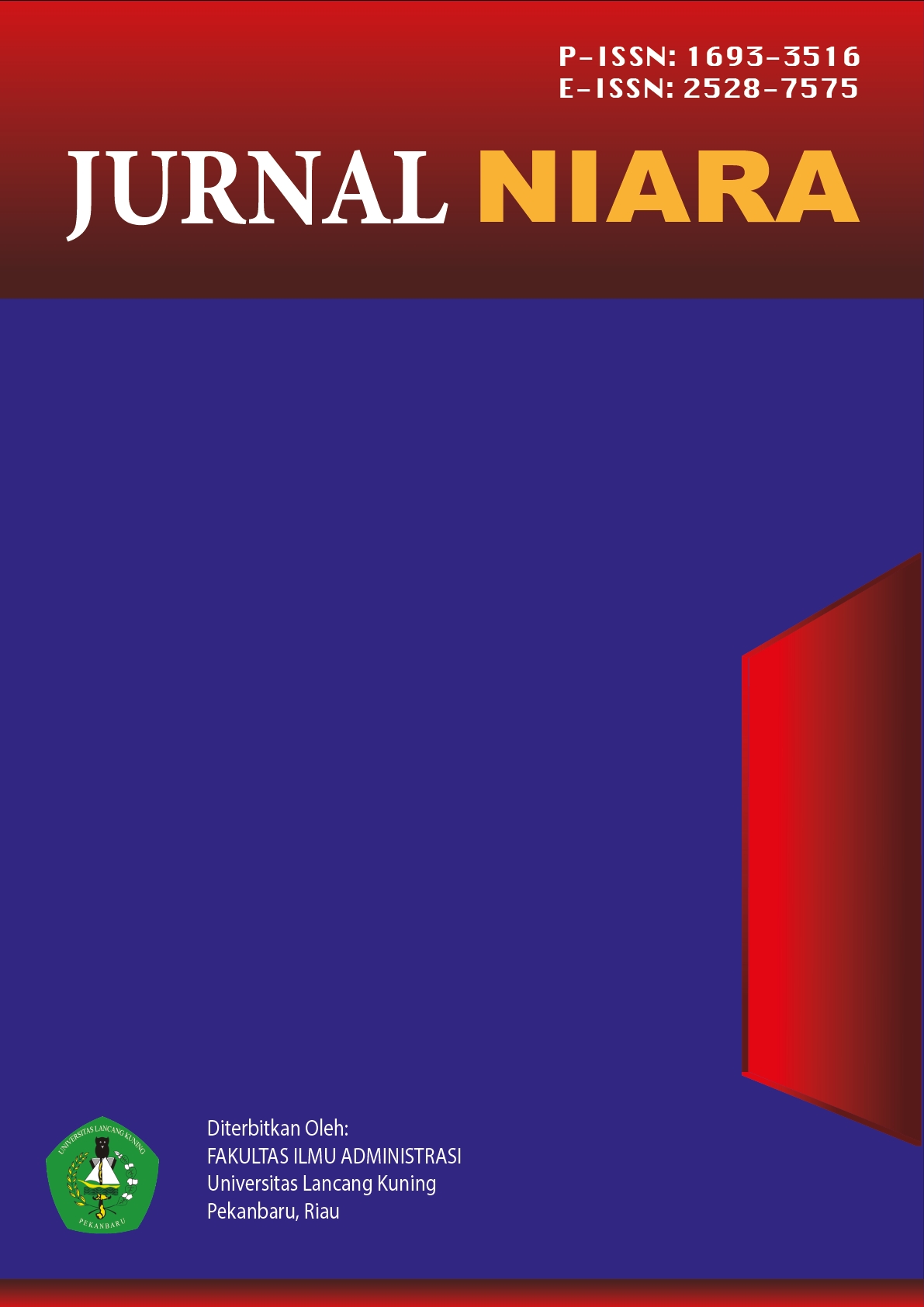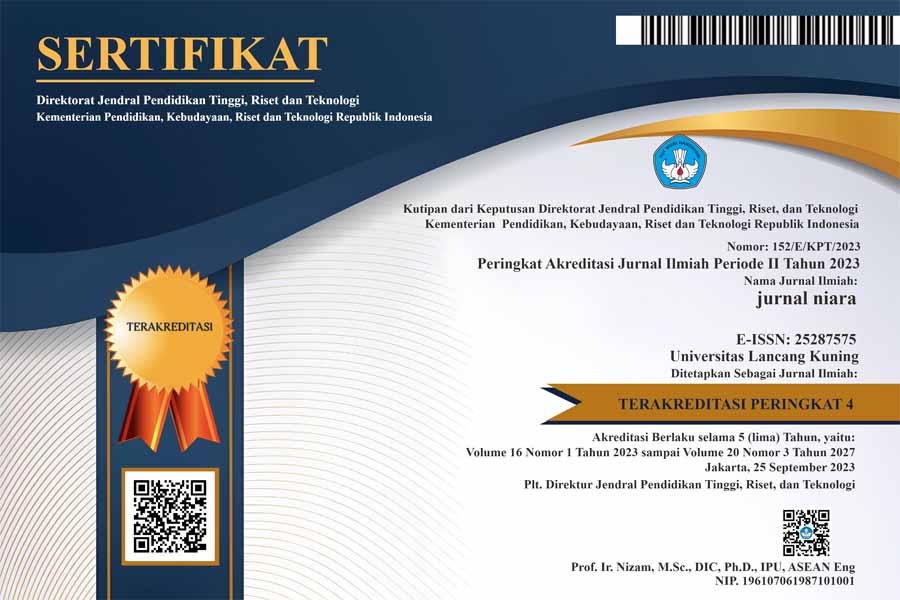Problems Of Adopting Artificial Insemination (AI) In Cattle (Case Study In Kamang Baru District, Sijunjung Regency)
Abstract
Artificial Insemination has proven to be the right technology to improve genetic quality. AI technology is also predicted to be a breakthrough technology that can improve livestock quality. It's just that this technology is not adopted optimally. It is alleged that there are problems (problematics) that occur at the grassroots farmer level. However, the problem has not been scientifically proven. This is the background to the birth of this research. This research aims to mdescribe and analyze the problems of adopting AI for cattle in Kamang Baru District, Sijunjung Regency and Describe and analyze factors related to the problems of adopting AI for cattle in Kamang Baru District, Sijunjung Regency. This research method is qualitative with a case study approach. The results of this research found that problems with the adoption of artificial insemination biotechnology in Sijunjung Regency exist at each stage of adoption. The problem at the knowledge stage is that disinformation arises and causes knowledge about IB to not spread properly. The problem with the persuasion stage is the emergence of calls to abandon artificial insemination biotechnology using disinformation. The problem with the decision-making stage states that there are breeders who do not make decisions independently, resulting in inaccurate assumptions when they fail. And, the implementation of AI which has to be used is problematic for semi-intensive farmers, they have difficulty getting calves of the best quality which of course results in a decrease in selling prices, so that they find it increasingly difficult to build pens which are considered expensive
Downloads
References
Afriani, T., Hellyward, J., Purwanti, E., Lyzmanto, F., dan Mundana, M. (2018). Manipulasi Embrio Pada Sapi. Cetakan I, Andalas University Perss.
Afrizal. 2015. Metode Penelitian Kualitatif. Jakarta: Rajawali Pers.
Anto, A. (2018). Proses Adopsi Inovasi Lokal Terhadap Peningkatan Kesejahteraan Masyarakat Di Kawasan Minapolitan Desa Koto Mesjid Provinsi Riau. Sosio Konsepsia, 7(2), 1–30. https://doi.org/10.33007/ ska.v7i2.1144
Arman, C., dan Zaenuri, L. A. (2019). Analisis Tingkat Pengetahuan , Sikap , dan Motivasi Peternak Sapi dalam Adopsi Teknologi Inseminasi Buatan di Sumbawa Barat. 304–312.
Asdy, I. O. (2015). Tingkat Adopsi Inovasi Inseminasi Buatan Terhadap Pembibitan Sapi (Kelompok Tani Ternak “Lembu Karya”, Di Dusun Blendengan, Desa Tegaltirto, Kecamatan Berbah, Kabupaten Sleman) Disusun. http://eprints.upnyk.ac.id. http://eprints.upnyk.ac.id/4688/1/abstract.pdf
Badan Pusat Statistik. 2021. Kementrian Pertanian: Statistik Peternakan dan Kesehatan Hewan.















